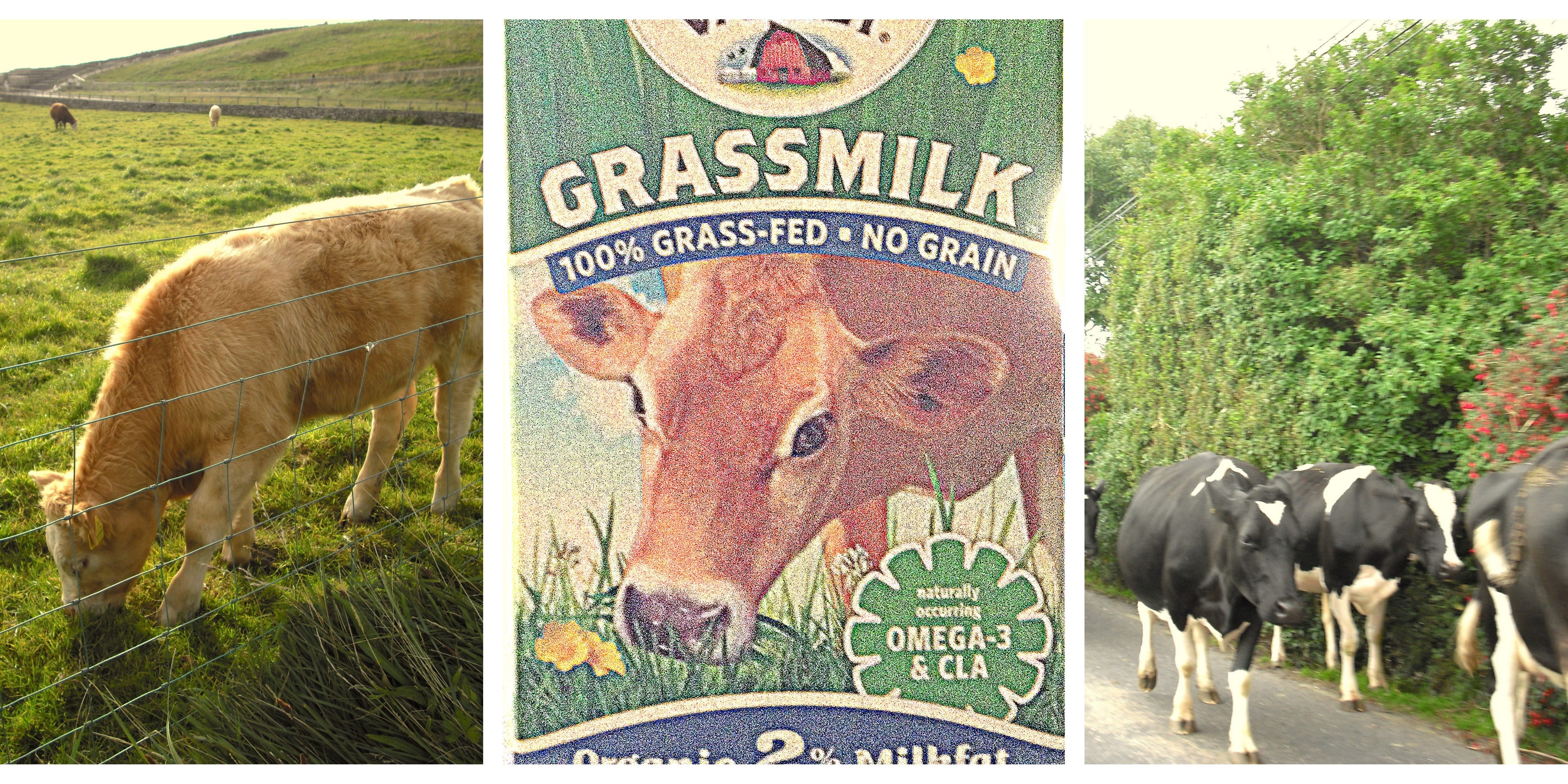Lactose intolerance is a popular topic in health and nutrition. Most people think of it as a condition where you can’t drink milk because it makes you sick (i.e. a milk allergy). But that’s not quite true. Lactose intolerance should not be viewed as a black or white diagnosis, but as a threshold of tolerance that varies across individuals. It’s important to understand that healthy milk products provide many nutritional benefits—regardless of your ability to digest lactose.1-5

What Is Lactose Intolerance?
Lactose intolerance is a symptomatic response to the consumption of milk products containing lactose. The symptoms are not a result of the lactose itself, but of the bacteria within the intestine which feed on the lactose, causing irritation to the intestine and a production of hydrogen gas. This leads to a full intestine, cramping, diarrhea, and gas. Any one or all of these symptoms can be considered lactose intolerance syndrome.
Lactose poses absolutely no threat to the body. In fact, when you digest it, lactose has a lot of beneficial effects (similar to the benefits of fruit sugar). However, when the ability to digest the lactose molecule is compromised, then it can continue down into the lower intestine where bacteria can feed on it, creating symptoms of bowel discomfort. So your level of lactose tolerance is the amount that your body can successfully break down before it passes into the lower portion of your intestine. Everyone has such a threshold. If you commonly suffer symptoms of lactose intolerance, that means you have a fairly low threshold. Being lactose intolerant does not mean that you’re unable to receive the nutritional benefits of milk.6
The inability to digest lactose does not in any way interrupt your ability to benefit from the protein and other nutrients found in milk.
Why Do Some Have a Lower Threshold than Others?
What causes some people to have a lower threshold of lactose tolerance than others? There are a few physical factors that impact the level of lactose you can tolerate (i.e. consume and digest without experiencing bowel symptoms).
The threshold is set by three parameters:
- How much of the lactase enzyme (the enzyme responsible for breaking down lactose) is created in your intestine
- How much of the type of bacteria that feed on lactose are present in the intestine
- How far up the intestine the bacteria are located
These three factors determine the amount of lactose you can comfortably digest. If your lactase levels are low, if certain bacteria levels are high, and if that bacteria lives higher up in your intestine, you are at greater risk for experiencing the symptoms associated with lactose intolerance.
What Causes Lactose Intolerance? Is It Genetic? Is It Permanent?
There are many popular myths regarding the nature of this condition and its causes. Despite some arguments to the contrary, there’s not good scientific support for the notion that lactose intolerance has a genetic or evolutionary cause. My next post will address common myths about lactose intolerance and dig deeper into all of these questions.
Note: Not all milk is created equal. Concerns about the source of dairy products, including considerations about the breed of cow and the presence of environmental toxins, are legitimate. Click here for a Guide to Choosing Healthy Milk Products.
Enjoy learning about health from a scientific perspective and digging into the truth behind popular notions in health and nutrition? Sign up for my monthly newsletter.
References
- Biswas NM, Chattopadhyay A, Sarkar M. Protection of adrenocortical activity by dietary casein in ether anaesthetized rats. Indian J Exp Biol 41, No. 4 (Apr 2003): 367-369. http://www.ncbi.nlm.nih.gov/m/pubmed/15255650/
- Elwood PC, Pickering JE, Fehily AM, et al. Milk drinking, ischaemic heart disease and ischaemic stroke I. Evidence from the Caerphilly cohort. Eur J Clin Nutr 58, No. 5 (May 2004): 711-717. http://www.ncbi.nlm.nih.gov/m/pubmed/15116073/
- Kalkwarf HJ, Khoury JC, Lanphear BP. Milk intake during childhood and adolescence, adult bone density, and osteoporotic fractures in US women. Am J Clin Nutr 77, No. 1 (Jan 2003): 257-265. http://www.ncbi.nlm.nih.gov/pubmed/12499350
- Kim SH, Kim WK, Kang M-H. Effect of milk and milk products consumption on physical growth and bone mineral density in Korean adolescents. Nutrition Research and Practice 7, No. 4 (2013): 309-314. http://www.ncbi.nlm.nih.gov/pmc/articles/PMC3746166/
- Pereira MA, Jacobs DR Jr, Van Horn L, et al. Dairy consumption, obesity, and the insulin resistance syndrome in young adults: the CARDIA Study. JAMA 287, No. 16 (Apr 2002): 2081-2089. http://www.ncbi.nlm.nih.gov/pubmed/11966382
- Scrimshaw NS, Murray E. Lactose tolerance and milk consumption: myths and realities. Arch Latinoam Nutr 38, No. 3 (Sep 1988): 543-567. http://www.ncbi.nlm.nih.gov/m/pubmed/3155250/?i=2&from=/3140651/related







